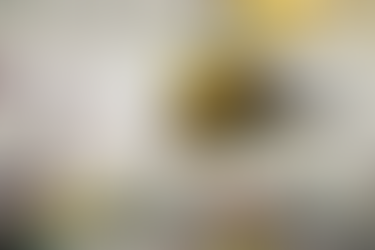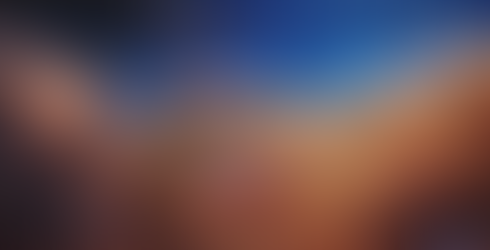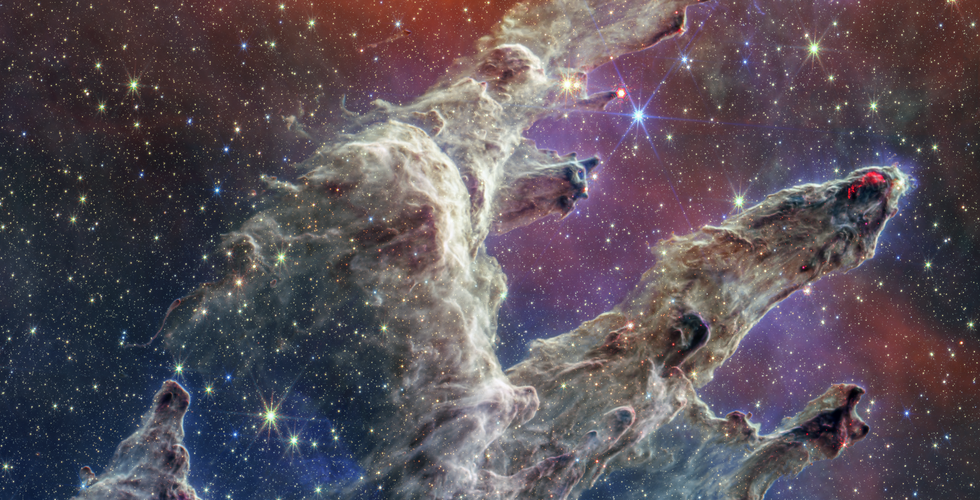Celebrating the James Webb Space Telescope
- Justin
- Sep 19, 2024
- 3 min read
Updated: Jan 8

On the 20th September 2024, the James Webb Space Telescope reached a new milestone: 1,000 days in space.
(To mark the occasion I've designed a new JWST keyring - check it out here!)
Having taken 17 years to build at a cost of $10 Billion, the telescope was launched on an Ariane-5 rocket on 25th December 2021 [1], with the first images released on 12th July 2022.
In this post I look at the history behind the telescope, some details on how the telescope optics work, and share my favourite JWST images.
History

The telescope is named after the second NASA Administrator, James E. Webb, who ran the organisation from February 1961 to October 1968. During this time NASA ran its first crewed missions - Mercury and Gemini - and the Apollo programme to put man on the Moon was well underway by the time he stepped down.
James Webb himself was an early proponent of space science as well as human spaceflight, and as early as 1965 he himself had proposed that NASA should launch a major space telescope. [2]
Initial designs for what would become the James Webb Space Telescope were started in 1996, with the name "James Webb Space Telescope" being chosen in September 2002. Construction of the telescope began in 2004 and was completed by November 2016, followed by five years of testing and fixing issues - making the eventual launch date of the JWST the 25th December 2021. [3]
Optics
The James Webb Space Telescope is by far the largest Space Telescope launched to date. At 6.5 metres across, its primary mirror has over six times the surface area of the Hubble telescope's. [4]

The JWST's primary mirror consists of 18 hexagonal sections, each one 1.32 metres across and made from Beryllium coated in a 100-nanometre deep layer of Gold. [5]
Beryllium was chosen due to its light weight, strength, and ability to hold its shape at a wide range of temperatures (particularly the cold of interplanetary space - the JWST's mirrors are operating at a temperature of around -230°C).
Gold was chosen due to its suitability for infrared imaging.
Having the primary mirror in segments allowed for an ambitious plan: folding up the telescope for launch. This was necessary in JSWT's case: at 6.5 metres across, the unfolded telescope would be wider than the 5.4 metre maximum payload width of the Ariane 5 rocket.
After its successful launch, the JWST then unfolded itself before taking up position at Lagrange Point L2 [1]. The below animation shows the deployment sequence.
Diffraction Spikes
One thing you'll notice in images from the JWST is that bright stars produce an 8-pointed set of diffraction spikes on an image (six large spikes and another pair of smaller spikes).
The below video by mathematician Matt Parker [6] does a great (and humorous!) job of explaining these diffraction spikes:
Also, the below infographic from NASA does a great job of explaining how mirror edges and secondary mirror vanes on the JWST (and any telescope in general) cause diffraction spikes. I make reference to this in my previous article on Bahtinov Masks.

Image Gallery
To finish with, below is a selection of my favourite images taken by the James Webb Space Telescope so far. [7]
Credits/Useful Links for further reading
[1] https://science.nasa.gov/mission/webb/launch/ - Details of JWST's launch
[2] https://science.nasa.gov/mission/webb/who-is-james-webb/ - a brief article from NASA about NASA Administrator James Webb.
[3] https://en.wikipedia.org/wiki/Timeline_of_the_James_Webb_Space_Telescope - a timeline of the JWST project.
[4] https://science.nasa.gov/mission/hubble/observatory/hubble-vs-webb/ - NASA article comparing the Hubble and James Webb Space Telescopes
[5] https://science.nasa.gov/mission/webb/webbs-mirrors/ - NASA article on the JWST's mirrors.
[6] https://youtu.be/os0a5au_3Mo - Video by Standup Maths on the geometry of the JWST and how that creates the diffraction spikes.
[7] https://webbtelescope.org/images - Images from the JWST are publicly available to download here.



























Comments